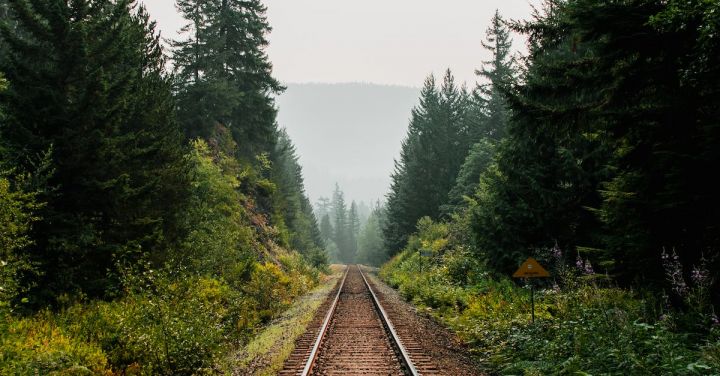Railway tracks are a vital component of the transportation infrastructure, allowing trains to travel efficiently and safely across long distances. But have you ever wondered about the engineering marvel behind railway track design? In this article, we will explore the intricate details and principles involved in creating a railway track system that can withstand the immense forces and pressures exerted by trains.
One of the key considerations in railway track design is the weight and speed of the trains that will be using the tracks. Heavy freight trains and high-speed passenger trains impose significant loads on the tracks, requiring them to be sturdy and robust. The tracks must be able to support the weight of the trains without deformation or failure, ensuring a smooth and stable ride.
To achieve this, engineers use a combination of materials and design techniques. The most common material used for railway tracks is steel, due to its strength, durability, and resistance to wear and tear. The tracks are typically made up of two parallel steel rails, which are supported by a series of wooden or concrete sleepers. These sleepers provide a stable base for the rails and distribute the load evenly, preventing excessive stress on any one point.
The design of the railway track also takes into account the forces exerted by the trains during braking and acceleration. When a train comes to a halt or accelerates, it exerts a significant force on the tracks. To counteract this force, engineers use a technique known as canting. By tilting the rails inward at a slight angle, the centrifugal force generated during these maneuvers is counteracted, ensuring the stability of the train and minimizing the risk of derailment.
Another important aspect of railway track design is the alignment and curvature of the tracks. The tracks must follow a smooth and continuous path, allowing trains to negotiate bends and turns without excessive friction or lateral forces. Engineers carefully calculate the optimal radius of curvature for each bend, taking into account the speed and weight of the trains. Specialized machines are used to lay the tracks with precision, ensuring that they conform to the desired alignment and curvature.
Maintenance and inspection are critical for ensuring the safety and longevity of railway tracks. Regular inspection is carried out to identify any signs of wear, damage, or misalignment. Any defects found are promptly repaired to prevent further deterioration and potential accidents. In addition, periodic maintenance is performed to replace worn-out components and maintain the overall integrity of the track system.
In recent years, technology has played a significant role in enhancing railway track design. Advanced sensors and monitoring systems are now used to continuously monitor the condition of the tracks. These systems can detect anomalies such as cracks, settlement, or excessive vibrations, allowing engineers to take corrective measures before any serious damage occurs. Additionally, modern track design incorporates features such as noise reduction measures and eco-friendly materials to minimize the environmental impact of railway operations.
In conclusion, railway track design is a complex and fascinating field of engineering. It requires a deep understanding of the forces and pressures exerted by trains, as well as the materials and design techniques that can withstand these forces. By combining the right materials, design principles, and maintenance practices, engineers are able to create railway tracks that are not only efficient and safe but also capable of withstanding the test of time.
